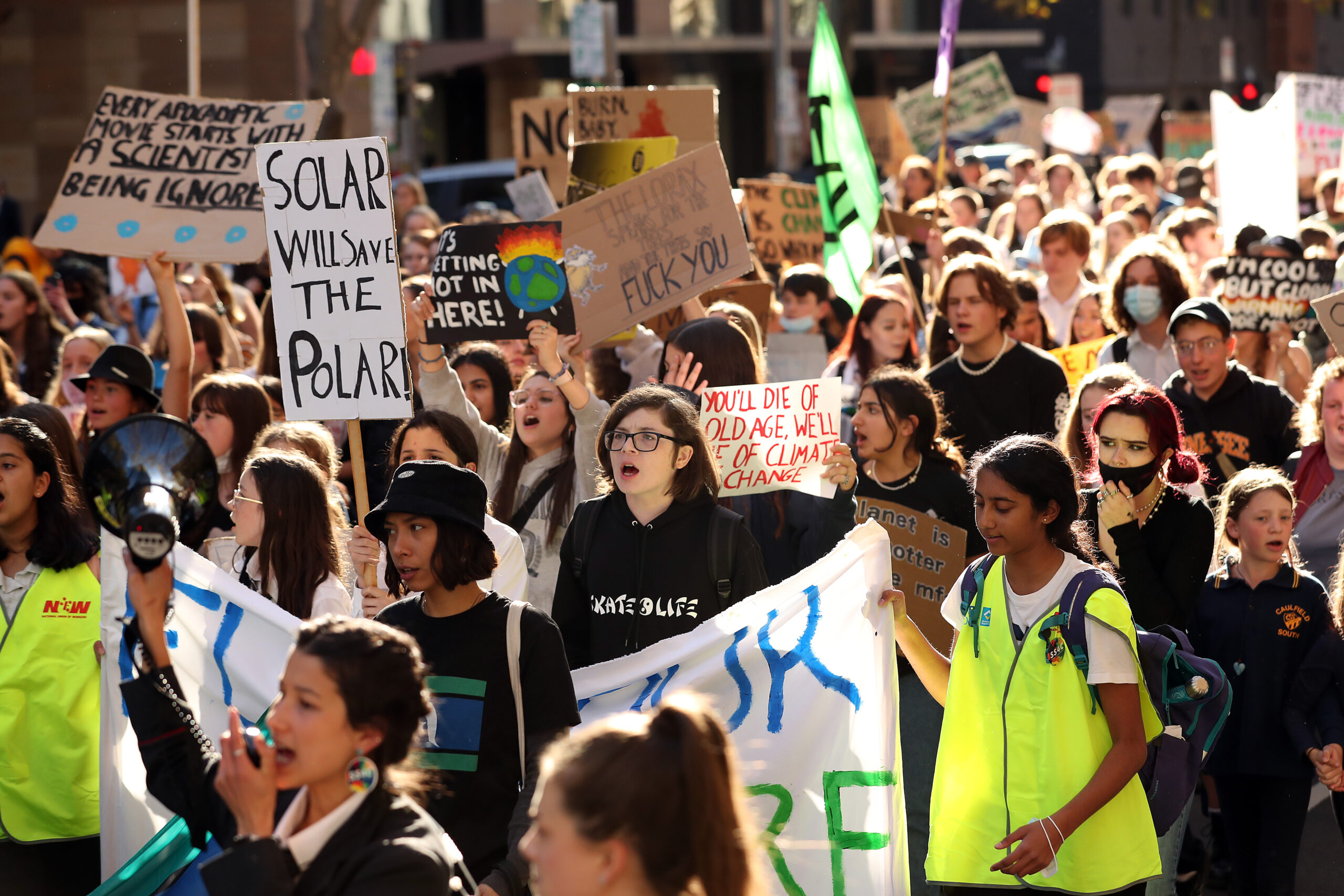There will probably be a period of disruptive environmental action in Australia during May to July.
This assessment was issued to clients of Dragonfly’s Security Intelligence & Analysis Service (SIAS) on 27 April 2022.
Extinction Rebellion (XR) has said that it intends to disrupt federal elections in May. And a new group, Blockade Australia, has announced plans for a week-long protest campaign in Sydney in late June. Based on precedent, activists would mainly use street blockades and glue-ons in city centres at local government, or corporate offices. But a handful of activists will probably try to temporarily block fuel depots, ports and other logistics infrastructure across the country.
XR has not released plans of specific protest actions for the elections due on 21 May. But statements on its website suggest that activists are very intent on carrying out actions around this period, not least to get more media coverage. For this reason, we anticipate that they will protest in major cities like Canberra, Melbourne and Sydney. Particular gathering points are likely to include corporate offices or government buildings but also specific events related to the election or the fossil fuel industry.
Groups like XR are likely to continue to use established disruptive tactics around the federal elections. Based on precedent over the past year, the most common tactics used by XR activists include several dozen people barricading themselves into buildings, holes and tunnels, climbing electricity pylons and blocking traffic and train tracks (including by glueing themselves to the road).
Members of the recently-emerged group Blockade Australia (BA) will probably also use similar tactics around the elections. But also during a separate planned week-long mass mobilisation in Sydney from 27 June. Its plans suggest that it will probably aim to block major traffic routes and economic activity in the city centre. But BA has also adopted other tactics in recent years, which are among the most disruptive and intrusive we have seen in Australia. In November 2021, a few members disrupted the Newcastle coal port for 11 days by climbing on railway bridges and coal-leading equipment and activating alarms.
Infrastructure hubs seem to be a priority target for BA, albeit based on previous actions and their vague stated aims rather than any specific intelligence. BA seems to be made up of around a few dozen core activists organised in a decentralised manner. It has not yet made any specific demands. But members of the group said that they do not aim to publicise which firms, projects, or mines they want to target, instead focusing on places ‘that matter most to corporate and political institutions in Australia’.
The emergence and success of BA’s action seem to set the scene for both more disruptive and unpredictable climate activism over the next few months. In an indication of this, state governments are already trying to crack down on the types of actions BA has adopted. In response to the group blockading Port Botany in March, the NSW government passed new regulation against activism into law on 1 April. But precedent and our monitoring of these groups’ chatter online leads us to doubt that such legislation will deter protesters; many have expressed a willingness to go to jail as a result of their activism.
Image: Protesters take part in the School Strike 4 Climate rally on 21 May 2021 in Melbourne, Australia. Photo by Graham Denholm via Getty Images.




